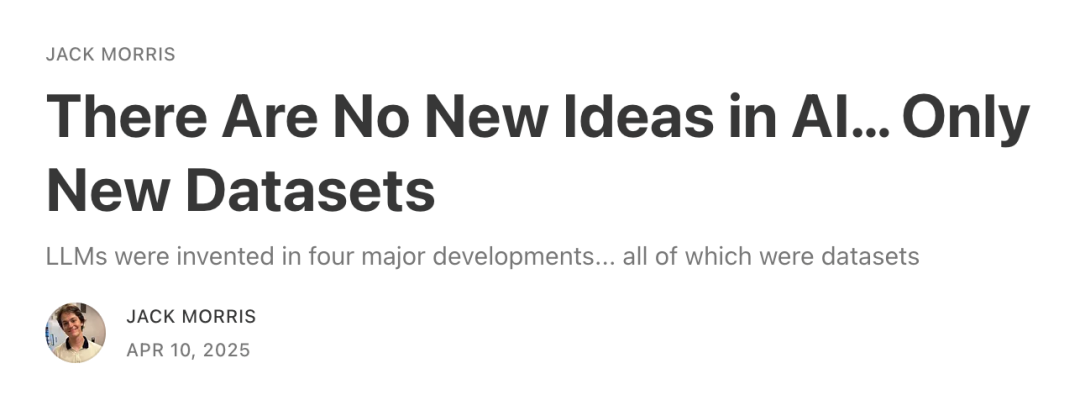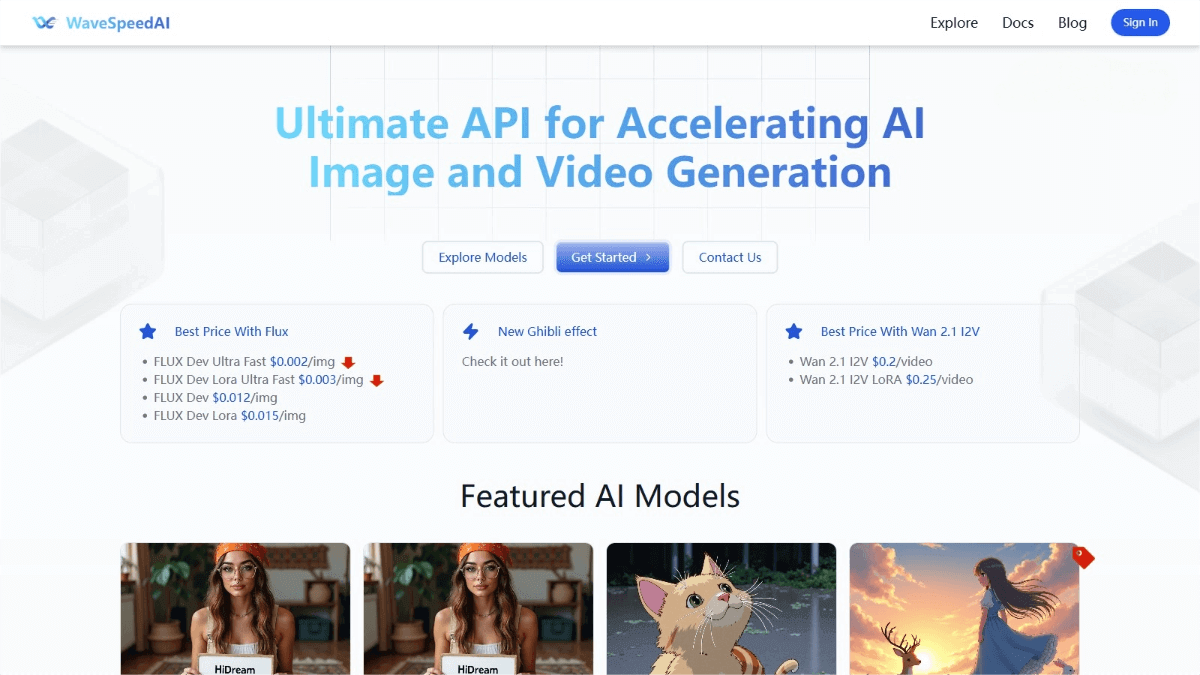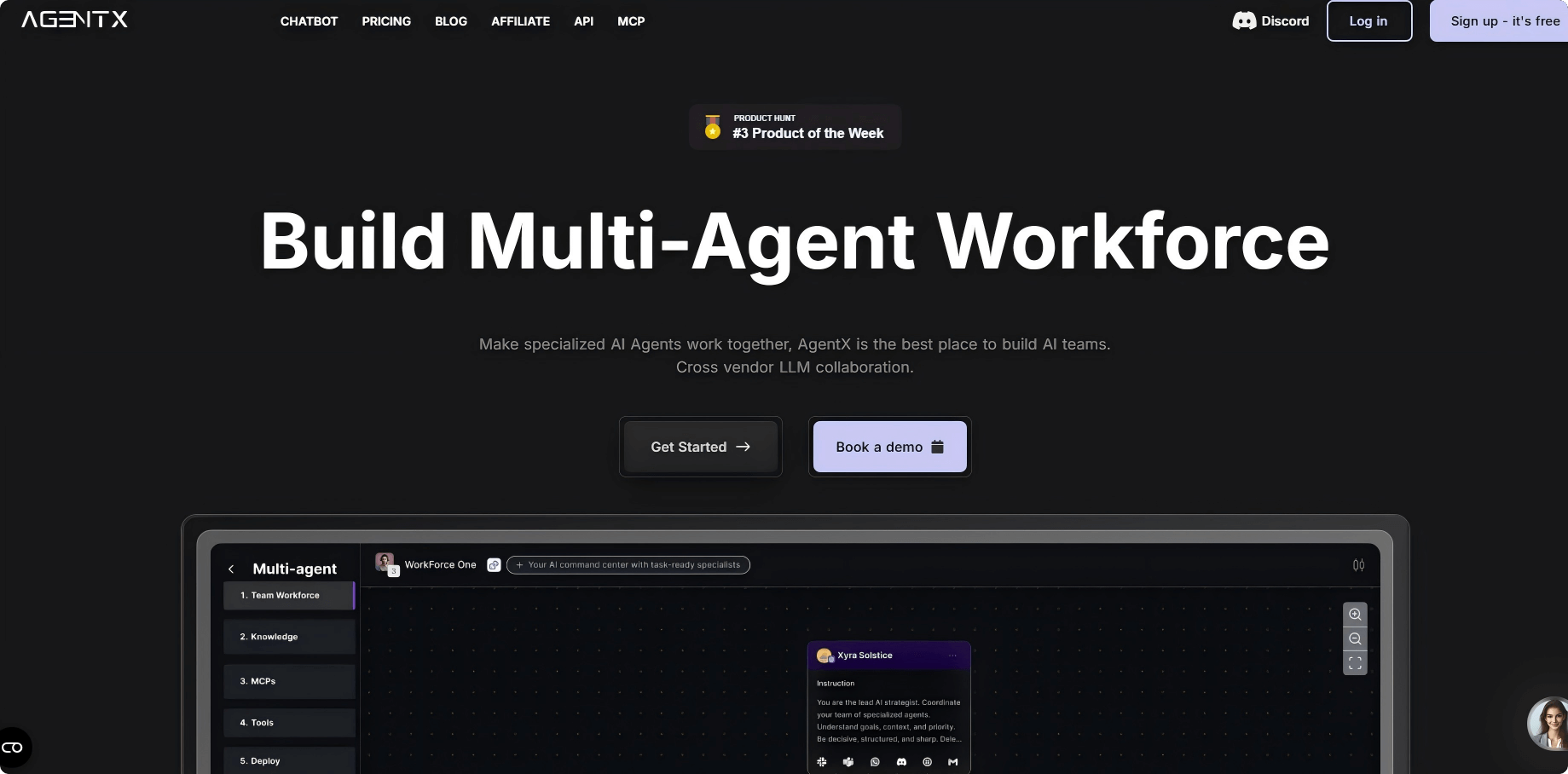HunyuanVideo – Avatar: Tencent Hunyuan’s Voice Digital Human Model
What is HunyuanVideo-Avatar?
HunyuanVideo-Avatar is a voice-driven digital human model jointly developed by Tencent’s Hunyuan Team and Tencent Music’s Tienqin Lab. Based on a multimodal diffusion Transformer (MM-DiT) architecture, it can generate dynamic, emotionally controllable, and multi-character dialogue videos. The model features a character image injection module, which eliminates mismatches between training and inference conditions to ensure character consistency. Its Audio Emotion Module (AEM) extracts emotional cues from reference images to enable emotional style control. The Facial-Aware Audio Adapter (FAA) allows independent audio injection for each character in multi-character scenarios. The model supports various styles, species, and multi-character scenes, and can be applied in short video creation, e-commerce advertising, and more.
![]()
Key Features of HunyuanVideo-Avatar
-
Video Generation: Users only need to upload a portrait and the corresponding audio. The model automatically analyzes the emotional tone and contextual environment of the audio to generate a video with natural facial expressions, lip-sync, and full-body movements.
-
Multi-character Interaction: In multi-character scenarios, the model can accurately drive each character to ensure synchronized lip movements, expressions, and actions with the corresponding audio, enabling natural interaction and the generation of dialogue and performance videos in various settings.
-
Style Diversity: Supports a wide range of styles, species, and multi-character setups, including cyberpunk, 2D anime, and Chinese ink painting. Creators can easily upload cartoon or virtual characters to generate stylized dynamic videos, meeting the needs of animation, gaming, and other creative fields.
Technical Principles of HunyuanVideo-Avatar
-
Multimodal Diffusion Transformer (MM-DiT): This architecture handles multiple modalities—image, audio, and text—simultaneously for highly dynamic video generation. The hybrid “dual-stream to single-stream” design processes video and text data separately before fusing them, effectively capturing complex visual-semantic interactions.
-
Character Image Injection Module: Replaces traditional additive character conditioning methods to solve the condition mismatch between training and inference, ensuring dynamic motion consistency of the generated characters.
-
Audio Emotion Module (AEM): Extracts emotional cues from reference images and transfers them into the target video, enabling fine-grained emotional style control.
-
Facial-Aware Audio Adapter (FAA): Uses latent-level facial masks to isolate audio-driven expressions for each character, allowing independent audio-driven motion and expression generation in multi-character scenarios.
-
Spatiotemporal Latent Compression: Based on Causal 3D VAE, compresses video data into latent representations and reconstructs them through decoders, accelerating training and inference while improving video quality.
-
MLLM Text Encoder: Utilizes a pre-trained Multimodal Large Language Model (MLLM) as the text encoder. Compared to models like CLIP or T5-XXL, MLLM excels at image-text alignment, detailed visual description, and complex reasoning.
Project Resources
-
Official Website: https://hunyuanvideo-avatar.github.io/
-
GitHub Repository: https://github.com/Tencent-Hunyuan/HunyuanVideo-Avatar
-
HuggingFace Model Hub: https://huggingface.co/tencent/HunyuanVideo-Avatar
-
arXiv Paper: https://arxiv.org/pdf/2505.20156
Application Scenarios
-
Product Introduction Videos: Businesses can rapidly generate high-quality advertising videos tailored to product features and target prompts. For instance, a cosmetics brand could showcase product effects to enhance brand awareness.
-
Knowledge Visualization: Abstract knowledge can be visually presented through videos to enhance educational effectiveness. For example, in mathematics, videos could illustrate geometric transformations; in literature, they could depict the artistic vision behind a poem.
-
Vocational Training: Generate instructional videos simulating real-world operations, helping learners master key procedures.
-
VR Game Development: Create realistic environments and interactive scenes in VR games, such as ancient ruins exploration.
Related Posts




